The Rhine Crossing: Operations Plunder and Varsity by Tim Saunders
THE RHINE CROSSING
OPERATIONS PLUNDER AND VARSITY
23 March 1945
Tim Saunders
The optimism amongst the Western Allies following the defeat of the German armies in Normandy, was dissipated by the failure of Operation Market Garden and the bitter fighting on the borders of the Reich, all of which condemned Europe to another winter at war. In the new year having contained Hitler’s Ardennes offensive and reduced the resulting ‘Bulge’, the Allies concentrated on closing up to the Rhine. In the north, Second Canadian and Ninth US Armies fought through mud and floodwaters to clear the Rhineland’s woods, towns and villages. Their objective was to secure a firm grip on the banks of the, Rhine from where they could mount an assault crossing and envelope the engine of the German war machine, the Ruhr, thus bringing the war in Europe to a close within weeks.
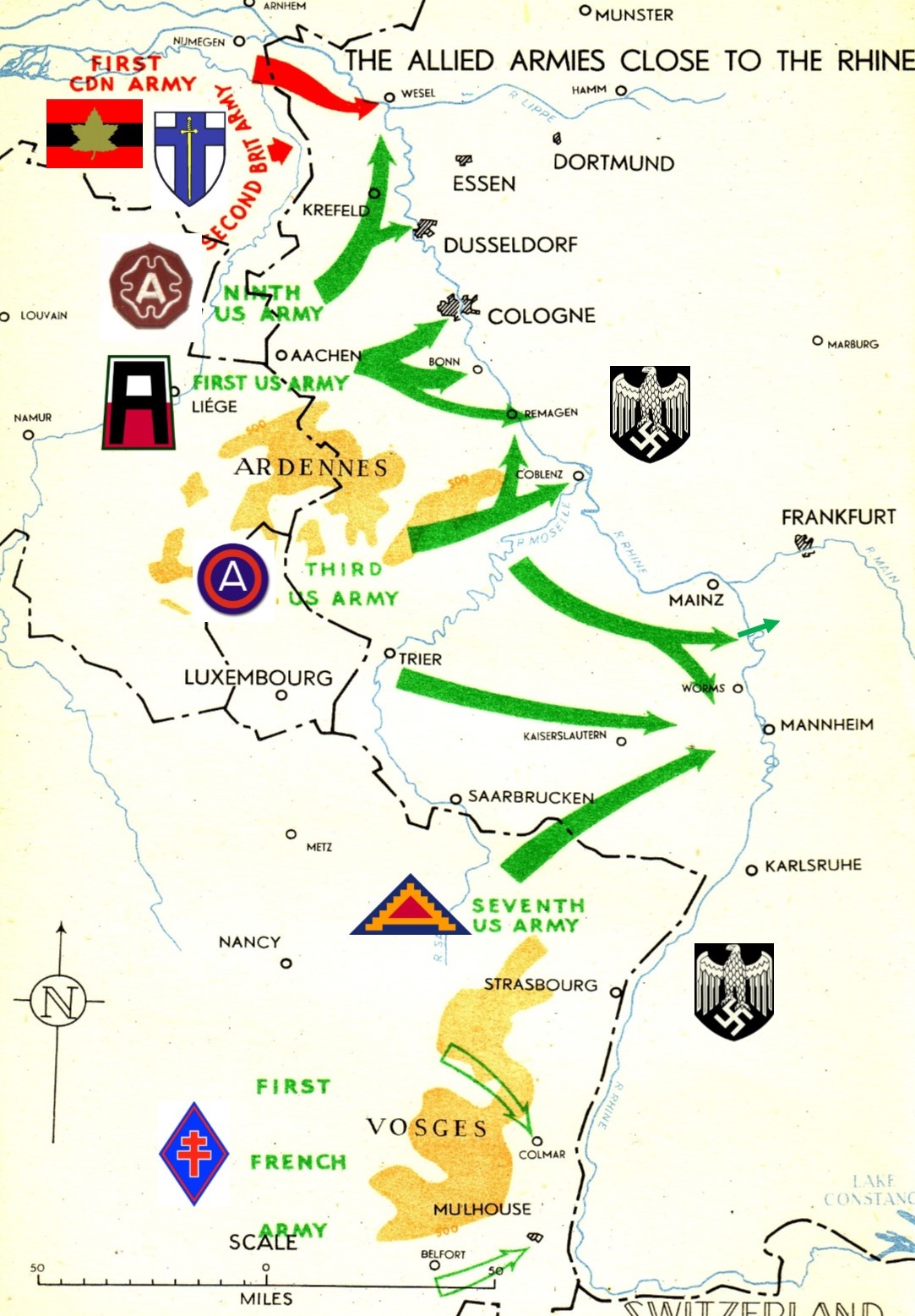
While General Crerar’s Canadians were fighting, Generals Simpson and Sir Miles Dempsey were planning Montgomery’s deliberate crossing of the Rhine, Operation Plunder. The assault crossing of the River was to be supported by XVIII US Airborne Corps (17th US and 6th British airborne divisions), which would, in Operation Varsity, drop and land between four and seven miles beyond the Rhine to seize vital crossings of the River Issel and to disrupt German counter-attacks during the period when the allied amphibious bridgehead was at its most vulnerable.
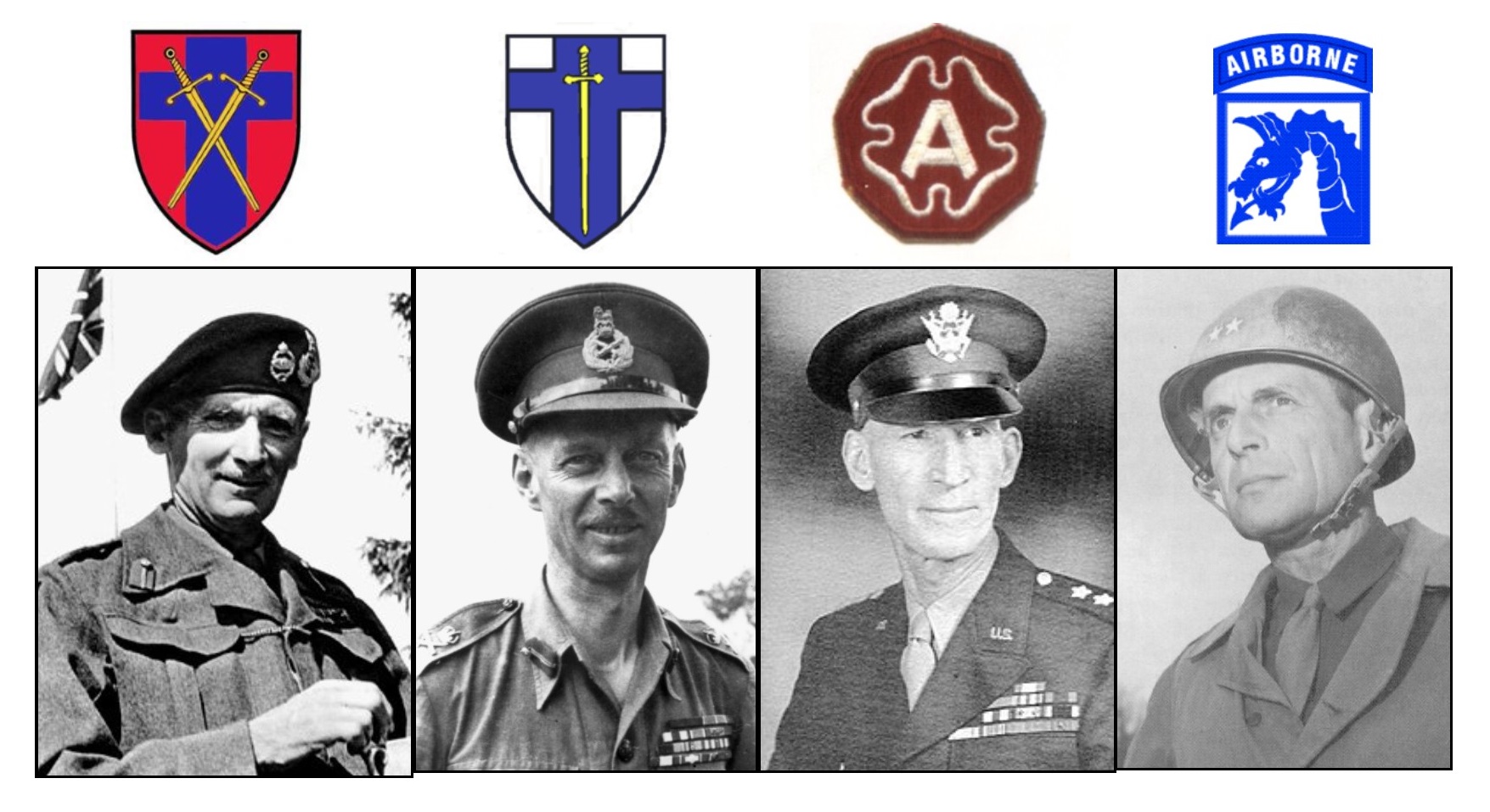
Unlike the under resourced Market Garden, Montgomery had logistic priority for the first stage of what would be the last great offensive of the war, one that would take the allied armies into the heart of Germany. The preparations were second only to those for D Day, with the additional problem that the country and infrastructure of the Rhineland had been wrecked during Operations Grenade, Veritable and Blockbuster. Consequently, the first task was to establish extensive traffic circuits and sites for dumps, etc. In addition to Pioneers, some 60,000 British, Canadian and US engineers, plus Dutch and Belgian workers, were employed in these tasks; fortunately, there was no shortage of rubble for road repair and hard standing! For instance, twelve battalions of US Engineers were loaned to 21st Army Group to build bridges and maintain the crumbling country roads, which had not been intended for sustained heavy military traffic.
Some 30,000 tons of engineer materiel was piled for miles along the road north from Goch, with an additional tonnage of bridging materials pre-loaded on 940 vehicles. 60,000 tons of ammunition was stacked along 10 miles of the N-S road just east of the River Maas and 28,000 tons of combat supplies were dumped around the ruined town of Kevlaer.
British armoured regiments came under command of the specialist 79th Armoured Division and were converted to Duplex Drive Shermans and to the other amphibious vehicle the Buffalo Landing Vehicle Tracked. In addition, Royal Navy landing craft were trucked overland to the Rhine.
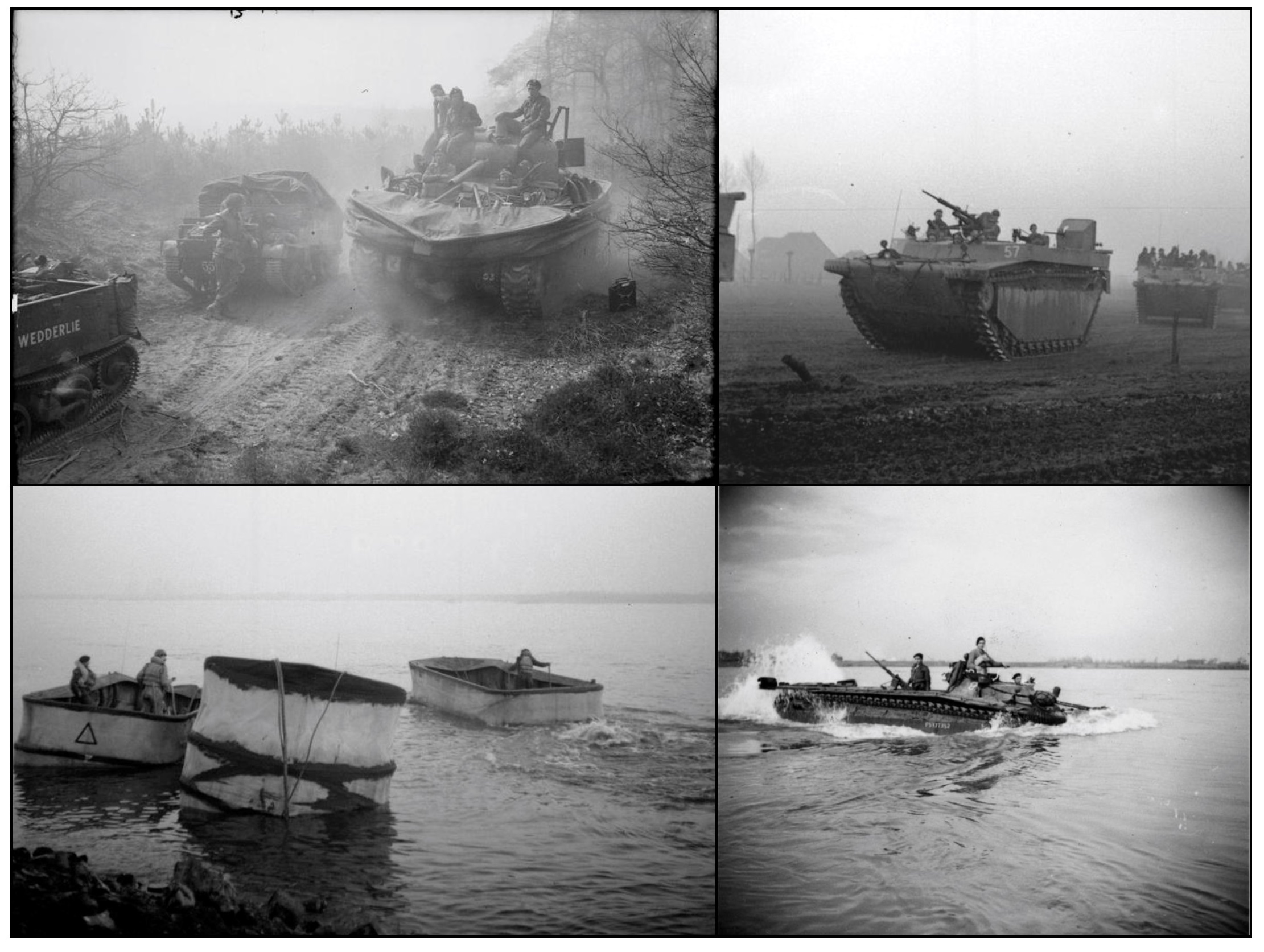
On the opposite bank of the Rhine the depleted ranks of General Schlemm’s First Fallschirmjager Army were preparing to mount a stout defence of the Fatherland’s last strategic barrier. They were joined by Volkssturm and Hitlerjugend; the old and the young, whose only uniform was often just an armband. Behind the crust of infantry and artillery, was the armour of XLVII Panzer Corps, with Kampfgruppe Karst in the anti-airborne role, ready to drive into the teeth of an enemy parachute landing.
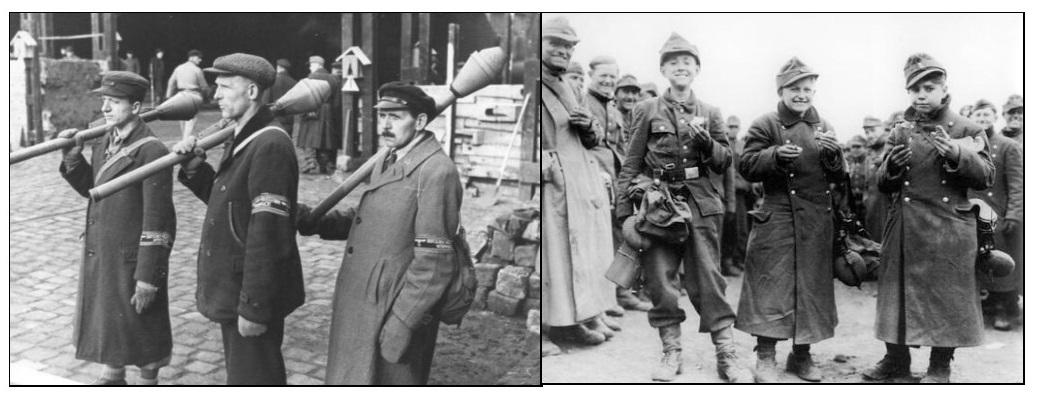
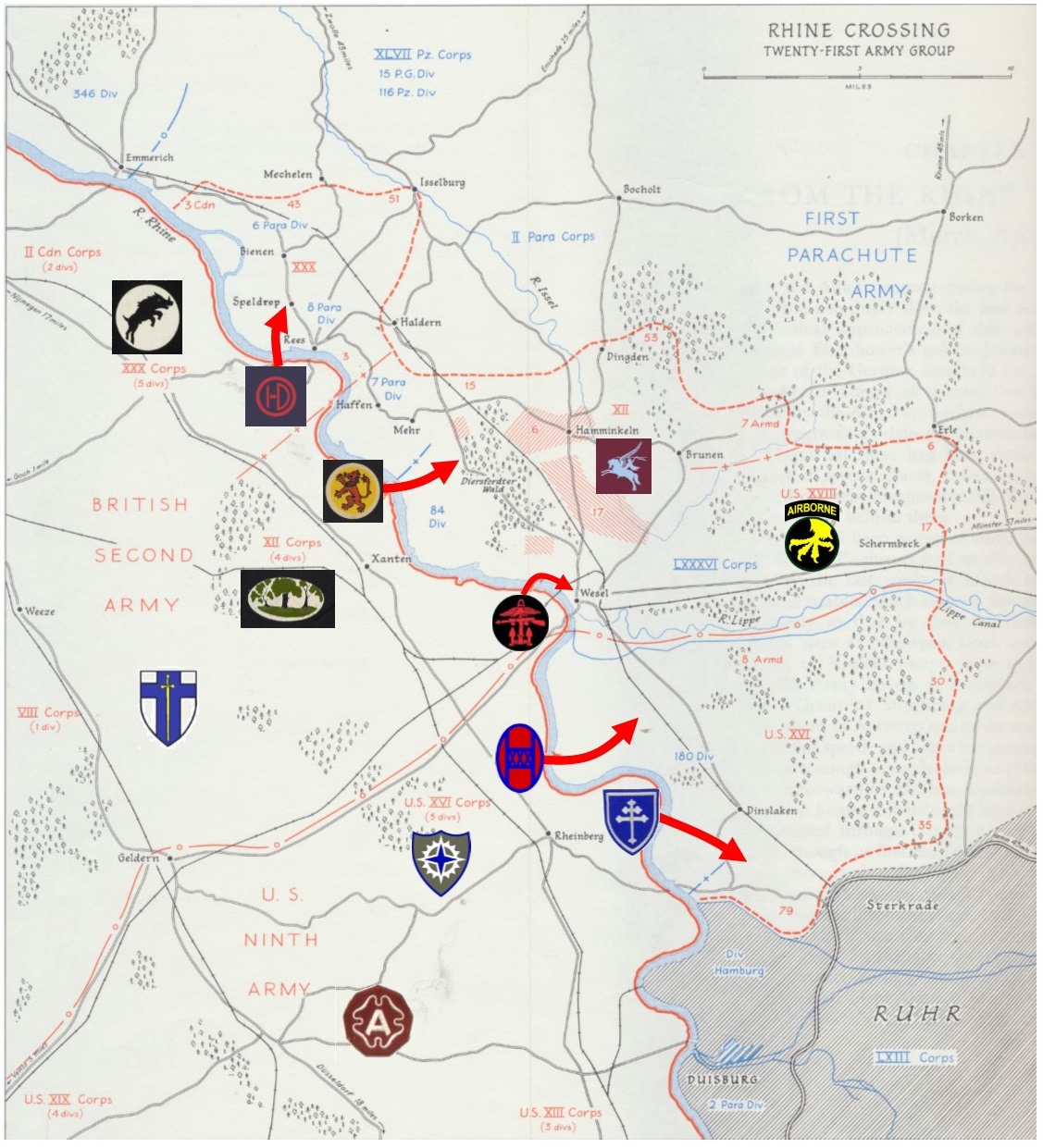
The component parts of Plunder were:

Operation Torchlight. Assaulting across the Rhine astride the town of Rees, 51st Highland Division, with a Canadian Brigade under command, had an H-Hour of 2100 hours, five hours ahead of the main effort astride Wesel. Attacking as the leading element of XXX Corps, the Highland Division’s task was to draw German attention and reserves six miles north and to widen and therefore reduce the weight of the German counter-attack at any one point. The Second Canadian would pass through XXX Corps’ bridgehead and advance north east.

Operation Widgeon. In the centre of the main assault area was the riverside town of Wesel. Standing between the British and American crossing sites, from it the German garrison could easily enfilade allied divisions during the assault and disrupt subsequent ferrying and bridging operations if not captured.
While the artillery bombardment and action by RAF Bomber Command was underway 1st Commando Brigade was to slip across the river and make their way across water meadows and infiltrate into the ruins of Wesel once the bombers had departed. They would isolate the town by taking up positions in factories on the eastern edge and then clear the enemy from the rubble.
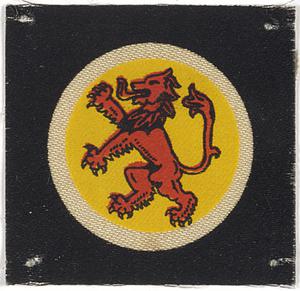
The Scottish heraldic lion rampant in red, picked out in black, on a yellow circle with a white border, all on a black square. Copyright: © IWM. Original Source: http://www.iwm.org.uk/collections/item/object/30072607
Operation Turnscrew. 15th Scottish Division (XII Corps) held the Second Army main effort and launched their crossing with the leading battalions of the two assault brigades in Buffalos, supported by DD squadrons and followed up by the reserve infantry battalions via Storm boat ferries.

Operation Flashpoint XIV US Corps was to attack across the river, starting at 0200 hours, with 30th Division followed by 79th Division. Their first task, as with 15th Scottish, was to link up with the airborne troops and then begin to envelope the Ruhr.

Operation Varsity Following Arnhem, such was the sensitivity about operations deep in enemy territory, a less dangerous but none the less important air assault by XVIII US formed a key part of Plunder, with the objectives as described earlier. The Germans were expecting a first or last light drop but the airborne troops were not to be left isolated on the far side of the Rhine. Consequently, Varsity would only be confirmed once Second and Ninth armies had secured a viable, with P Hour being 1000 hours. From intelligence work it was established that the airborne divisions would be dropping directly into an area occupied by the enemy and likely to encounter panzers at an early stage.
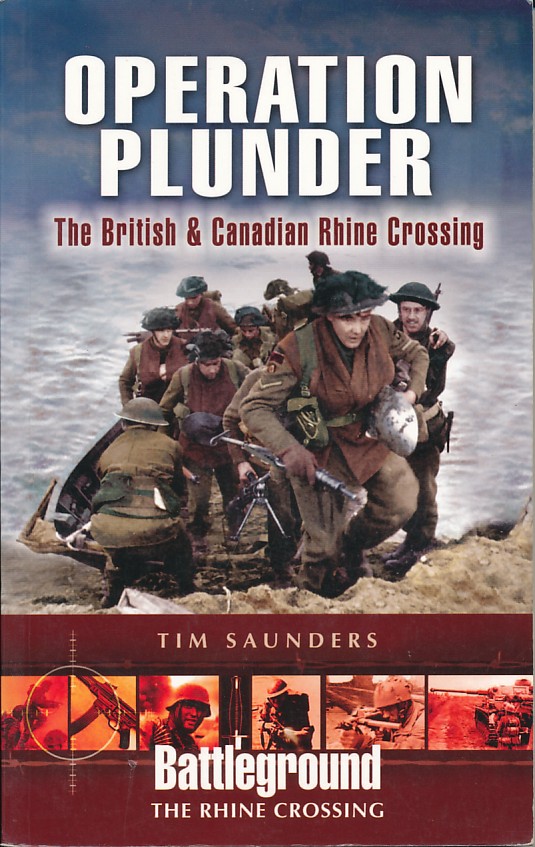
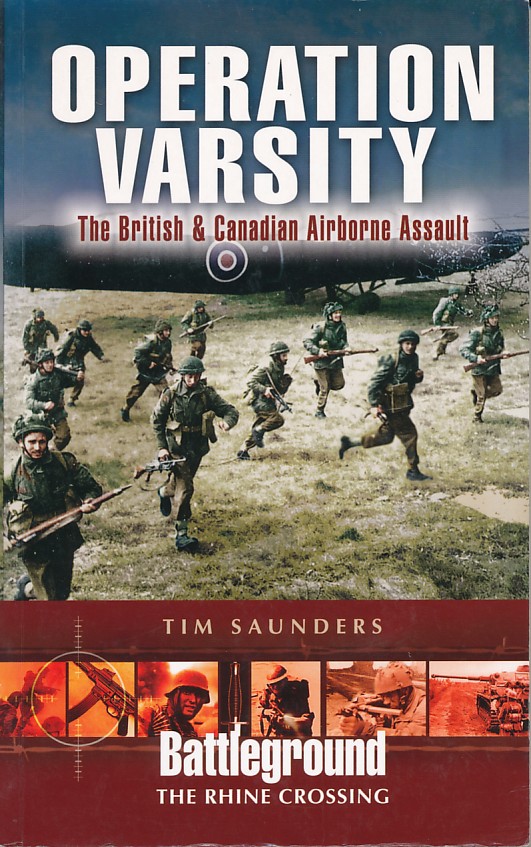
Both Battleground Operation PLUNDER and Operation VARSITY have been re-released and are available now.
https://www.pen-and-sword.co.uk/Operation-Plunder-Paperback/p/1338
https://www.pen-and-sword.co.uk/Operation-Varsity-Paperback/p/1476

